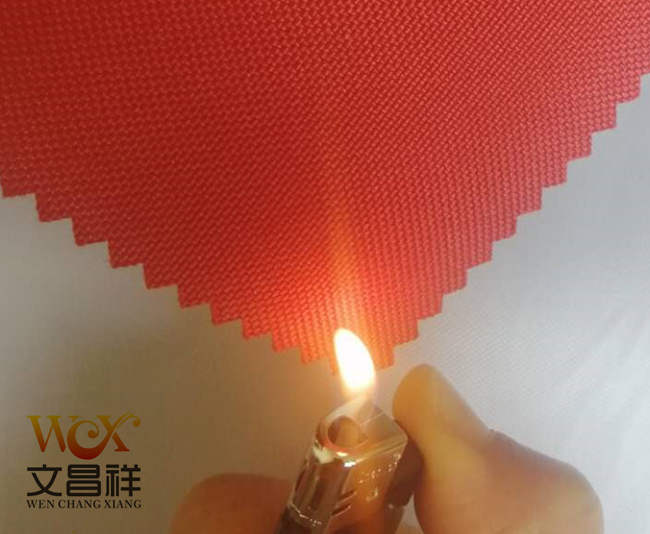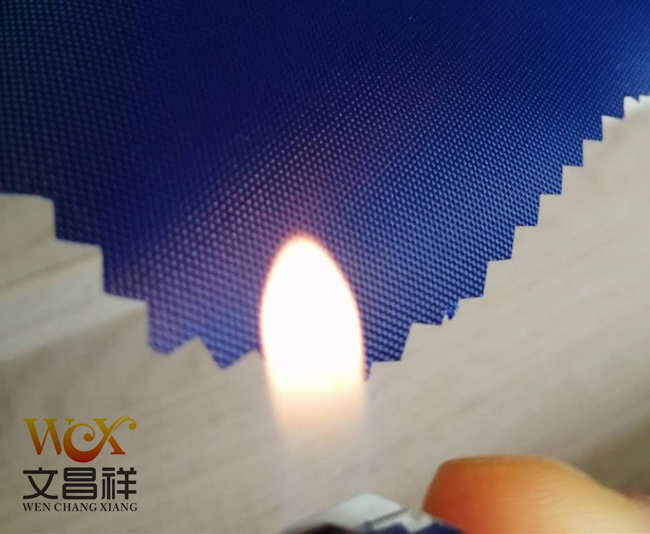Fire-resistant fabrics are also called flame-retardant fabrics. They have a wide range of uses and are often used in transportation, roofs, indoor construction and decoration, fire-resistant auxiliary materials for decoration materials, petrochemicals, fire protection and other fields, as well as the lining of fire-resistant products For external packaging decoration, isolation cloth can be used to catch the welding slag dropped during high-altitude operations to prevent burns to people and objects below and other fire prevention functions.

Flame-retardant fabrics have a fire-resistant temperature of up to 800 degrees, and non-clothing materials use industrial fire-proof insulation, decorative fire-proof, fire-proof splash covers, outdoor fire-proof tents, etc. High silicon cloth is a soft and heat-resistant high silicon fabric. It is an inorganic material that will not burn after the acid content reaches 96%. It has excellent thermal insulation and electrical insulation functions and is widely used in welding, high temperature and other thermal environment protection, as well as in emergency rescue. It is widely used to make fireproof curtains, fireproof doors, fireproof mats, fireproof blankets and other fireproof appliances.

Because it is fire-resistant The fabric also has an anti-corrosion function, so it can be used as an anti-corrosion layer for pipelines. Wrapping it with this fire-resistant fabric can have an anti-corrosion effect. It is a new type of composite fabric.
Oxford cloth specifications: 1680D, 1200D, 900D, 600D, 420D, 300D, 210D, 150D, etc.
Oxford cloth functional classification: flame retardant Oxford cloth, waterproof Oxford cloth, PVC Oxford cloth, pu Oxford cloth, camouflage Oxford cloth, fluorescent Oxford cloth, printed Oxford cloth, composite Oxford cloth, etc.
</p






